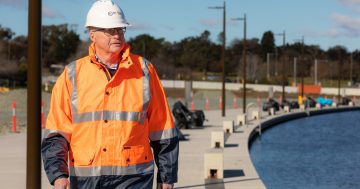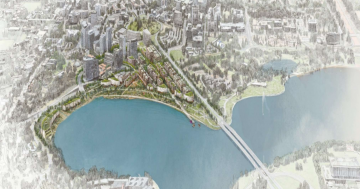
An artist’s impression of the underground bus interchange entry. Images: ACT Government.
Canberrans won’t be catching the buses from an underground city interchange after the idea was canned due to the cost.
The City Renewal Authority had commissioned a high level, pre-feasibility study into the potential costs, benefits and challenges of replacing the current at-grade city bus interchange with an integrated underground facility with buildings above it.
“While the study showed that an underground bus interchange was technically possible it was cost-prohibitive,” Authority CEO Malcolm Snow said.
”This pre-feasibility study was undertaken as part of a broader urban design review with the aim of creating a world-class cultural precinct in the city centre.”
The study found that an underground interchange would cost hundreds of millions of dollars, mainly because of the excavation required for the facility’s layout, and the ramp access and height clearance needed.
The Authority said the cost of such a project could not be recouped through the sale of development rights due to the maximum height limit imposed by the National Capital Plan on the city centre.

The study explored these underground interchange site options.
Although the Authority will continue to develop a plan for the civic, arts and cultural precinct that will guide the ACT Government’s future development decisions, no alternative sites for an underground bus interchange in the city centre were being considered, it said.
The plan to guide the revitalisation of the area immediately to the east of City Hill, bounded by Vernon Circle, London Circuit, Constitution Avenue and Northbourne Avenue is being developed in collaboration with the community and key stakeholders including artsACT, the Cultural Facilities Corporation, the National Capital Authority, ACT Treasury and the Legislative Assembly.
It is expected it will be available for community consultation in mid-2021.
Mr Snow said in 2018 that building a bus interchange under one or both the City Hill corners of London Circuit and Northbourne Avenue could help manage the future growth of Canberra’s public transport network while providing better street-level urban design outcomes for Civic.
A key consideration of the study was how to maximise development potential and land use in the city, but the national planning rules appear to have limited those possibilities.
The study took into account Light Rail Stages 1 and 2 and the Canberra Theatre Precinct Redevelopment, as well as other government planning strategies such as those for City Hill and West Basin.
Mr Snow said at the time that a modern, integrated underground bus interchange offered a wonderful opportunity to significantly improve the way public transport users access and experience Civic.
“It would also allow us to use the site of the current interchange as a more attractive, lively and people-friendly space,” he said.
But it seems the current interchange and its tired streets will be with Civic for some time yet.





















